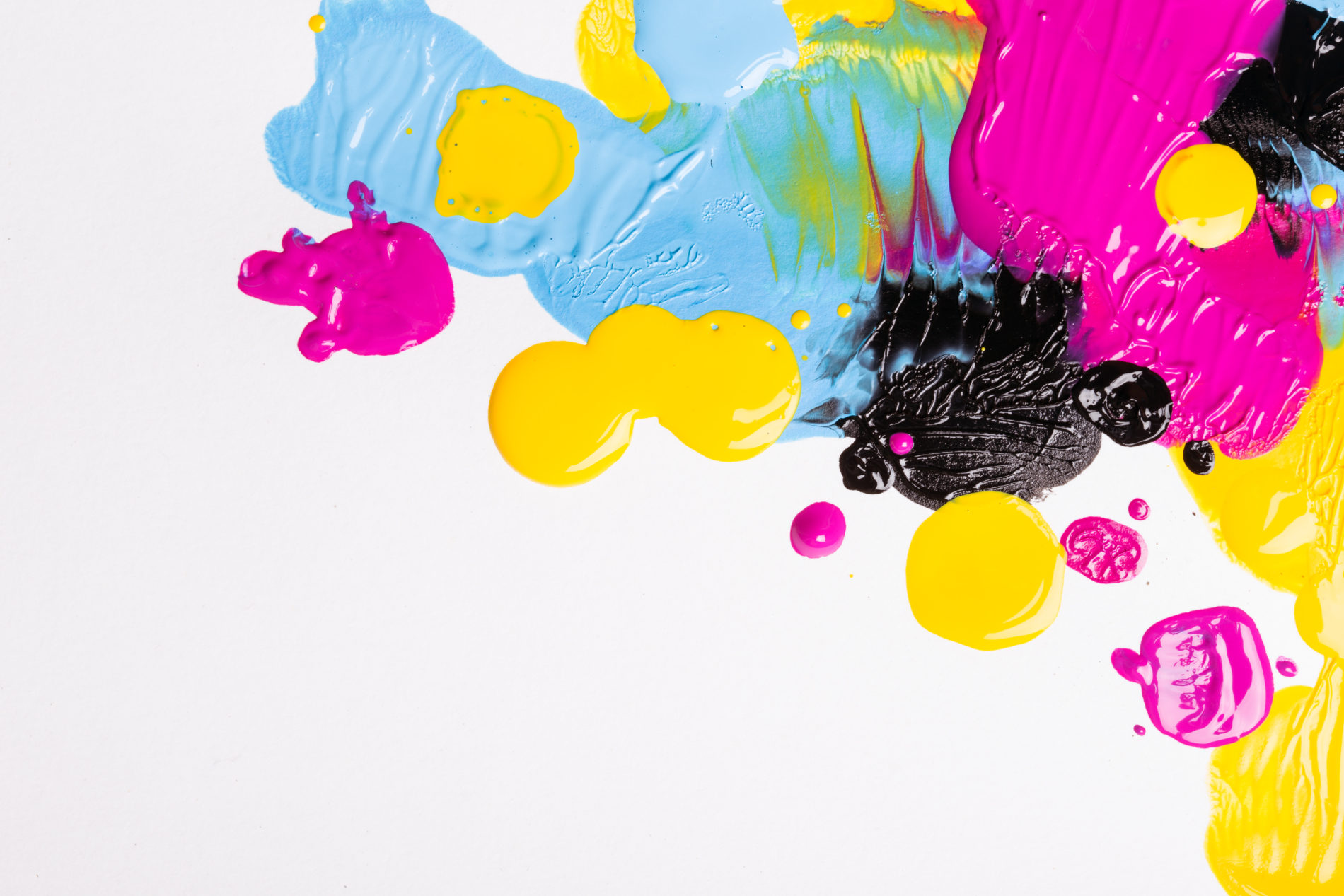Large format printing uses a wide variety of substrates of almost any size. The size of print is dependent on the individual printer being used. Large format printing is essential in creating high quality promotional graphics and wraps. Where to start though? It’s hard to know which large format print is right for your specific needs.
Large format printing is a specialized printing service that most standard size commercial printers can’t keep up with. Most commercial printers handle materials up to 14 inches wide, while large format can handle up to 10 feet wide prints. That being said, not all large format printers operate the same. Depending on the material being used, the intended use of the print, cost point, and other factors, one printing method may be better suited for your project than the other.
Below we’ll go over the top 5 most popular and reliable printing methods.
Aqueous Inkjet Printing
Aqueous inkjet printers use water-based ink, which is easy to use and maintain. They are currently the most commonly used form of large-format print since they can be used indoors and outdoors. Though it is recommended that these prints be used mainly indoors, adding a lamination can help these prints last longer outdoors.
Solvent Printing
Solvent printing is a popular method for printing outdoor items. Despite weather, regular sunlight, and even human contact, it holds up well. Solvent printing is also affordable, in addition to its durability. There is, however, one downside to this method: fumes are released, requiring adequate ventilation in the shop. Solvent printing is commonly found on billboards, vehicle wraps, and building graphics like banners.
UV-Based Printing
Flatbed printing with UV-based ink uses ultraviolet light to rapidly cure the ink, allowing it to solidify within seconds. As UV printing never dries completely flat, the finished product will have a matte look, rather than a shiny one. The versatility of this print print style allows you to print on nearly anything.
Dye Sublimation Printing
Dye sublimation happens when a print has been printed on a transfer paper and is then pressed onto the substrate. When pressed onto the substrate, it is quickly heated, forcing it into a gaseous state. When this happens, the gas permeates the substrate. It then cools and turns back into a solid, but is now permanently permeated on the substrate. Its high levels of detail and vivid color, as well as its quick drying time, make dye sublimation printing an attractive printing method. Dye sublimation is commonly seen on items like silicone-edge graphics, apparel, custom banners, and homewares.
Latex Printing
Latex printing is relatively new to the printing game. It is arguably a more impressive alternative for outdoor graphics. It comes with the durability of solvent printing, but without the hazard of fumes. It uses water-based inks such as resin and latex. Almost all materials meant for the outdoors will work well with the latex printing process. Some materials struggle with the demand of the high temperatures required for the latex printing process.

